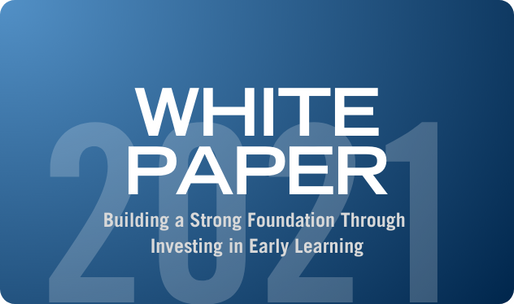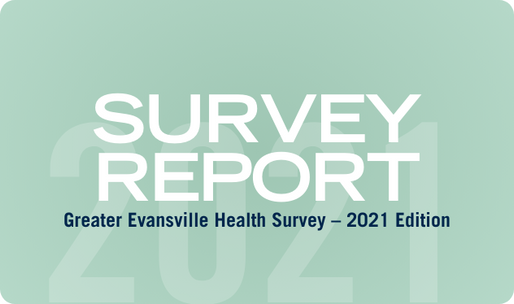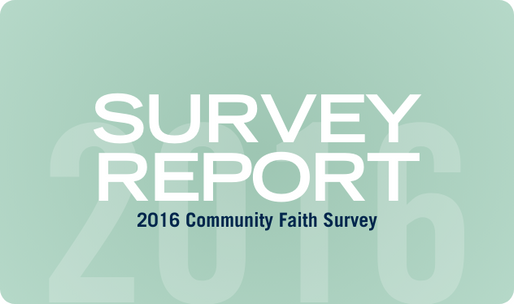The surveys below represent Welborn’s commitment to add information of value to the community without duplicating existing data sources. We determine survey and paper projects based on alignment with our priority areas of interest, as well as availability and quality of existing information. We offer these resources to help the region learn about critical issues, monitor change over time and make informed decisions that will contribute to community progress.
2022 – How Quality of Place Impacts Economic Development – A WBF Case Paper
To build a robust and resilient economy, communities need to invest in Quality of Place – creating spaces that provide residents sociability, activities, access, linkages, comfort, safety, pride, etc. Current and future talent are prioritizing Quality of Place over employment opportunities. Communities that invest in Quality of Place see long-term benefits economically and at the individual and community level.
This paper makes the case for investing in Quality of Place to attract and retain talent and to promote economic growth in our region.
2021 – Building a Strong Foundation Through Investment in Early Learning.
When the average cost to send one child to a high-quality program is approximately $8,000, (similar to the cost of one year of in-state college tuition), it’s no surprise that only one third of young children who need care are enrolled in high-quality programs.
This white paper outlines the needs of our community and also highlights next steps for the newly formed Early Care and Education Coalition of Vanderburgh County.
2021 – Greater Evansville Health Survey
Chronic disease and related markers are indicators of the general health of the population. A high rate of disease places considerable burden on a population causing disability, poor quality of life, premature death, enormous personal expense, and high costs to our health care system. The course of many disease conditions can be slowed or corrected with an emphasis on healthy behaviors, environment improvements, and screening programs for early detection.
The 2021 GEHS includes, for the first time, findings correlating housing quality and health in the 5-county study area.
2020 Early Childcare & Early Learning Survey
Compared to the state of Indiana, there are more young children in Vanderburgh and Warrick Counties who need care because their parents are working or going to school. Children may spend many hours each week with babysitters and childcare providers. How children spend those hours matters. A child’s early years are the critical foundation for lifelong educational and social/emotional development.
This survey project was designed to answer key questions about childcare and early learning for families in Vanderburgh and Warrick Counties in Indiana.
What types of childcare do families use when they need care for their children?
What factors do families consider when making choices for childcare?
How are families, providers and communities creating learning environments for young children?
2018 Greater Evansville Nonprofit Survey
This benchmark study captures point-in-time information about the sector’s strengths, risks and opportunities and sets the stage to monitor changes in future surveys.
2016 Community Faith Survey
Data on religious perspectives and practices does not tend to exist at the local level. Because of this deficit of information, and because the Foundation has a priority interest in supporting Christian faith-based nonprofits, we have commissioned a random telephone survey to learn about Tri-State residents’ faith affiliations, beliefs, attitudes, and practices. The next survey will be conducted in 2021.
2015 Tri-State Health Survey
Supporting Resources
Historically, the Foundation has commissioned a broad health survey of chronic disease prevalence, overall health status, health related behaviors, and access to health care in the Tri-State. In 2015, a random telephone survey collected representative data from over 4,300 adults and for close to 900 children across seven counties. With consideration for the increasing availability of local chronic disease and healthcare data, the next survey in 2020, as well as future versions, will focus more specifically on physical activity, nutrition, and weight related chronic disease.






